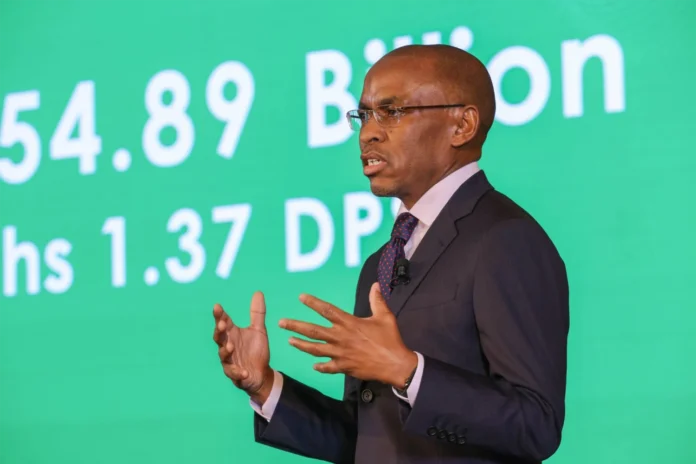Safaricom is going subsea – and it’s doing it with Meta. The two giants are investing $23 million in a brand new undersea cable that will connect Kenya and Oman.
The project, powered by Meta’s Edge Network Services, will reduce costs, increase access and resilience for millions of users in East Africa’s growing digital economy.
Why This Cable Matters for Safaricom
For years Safaricom has delivered internet to its customers by leasing capacity from other providers using systems like TEAMS, SEACOM, and EASSy. This new project changes that.
By co-owning its own subsea cable, Safaricom will:
- Be independent of third-party providers.
- Control pricing and capacity – scale up as demand grows.
- Improve resilience – service will be smoother even when other routes are disrupted.
- Give Kenya another international gateway – reduce reliance on the few landing stations along the coast.
This is more than just infrastructure – it’s a statement that Safaricom wants a bigger seat at the table in shaping East Africa’s digital future.
Meta’s Bigger Africa Strategy
For Meta, this cable is part of a bigger plan to make internet faster, cheaper and more reliable across Africa.
Meta is already the lead investor in 2Africa, a 45,000 km subsea cable connecting 33 countries with 180 Tbps capacity. That’s going live this year.
And Meta isn’t stopping there. It’s also planning the world’s longest subsea cable – a 50,000 km network that will link the US, India, Brazil, South Africa and more – to handle the growth in internet demand and AI-driven services.
In Africa specifically, Meta is:
- Building data centers.
- Expanding peering at LINX Nairobi to reduce latency.
- Rolling out terrestrial fiber networks, including a 2,200 km route in the DRC with Liquid Intelligent Technologies.
Together these show how Meta is betting big on Africa’s digital future.
What This Means for Kenya and East Africa
The Kenya–Oman cable isn’t just about speed. It’s about opportunity. Lower costs and better reliability can mean:
- Startups scaling faster with reliable connectivity.
- Remote work and digital freelancing for Kenya’s youth.
- Education and e-learning through seamless access to resources.
- Resilient digital trade and finance less dependent on a few fragile internet gateways.
As one of them said “Every new cable landing is like opening another highway to the world — it’s about speed, resilience and opportunity.”

